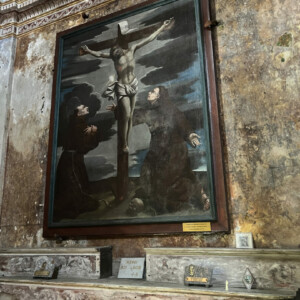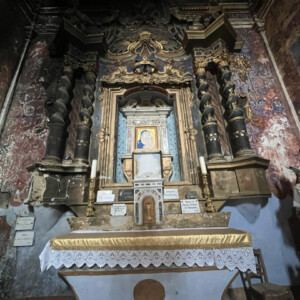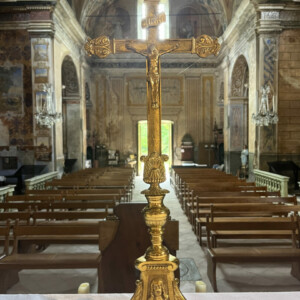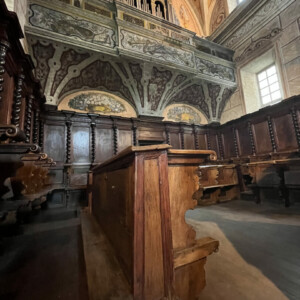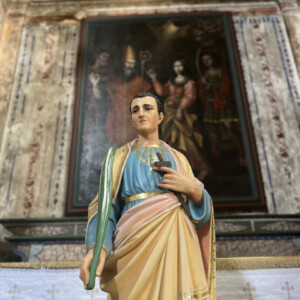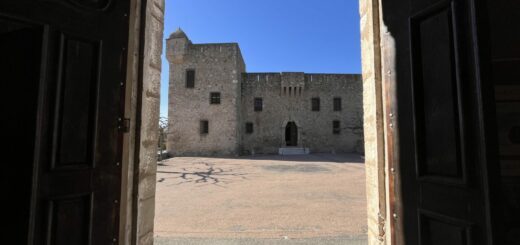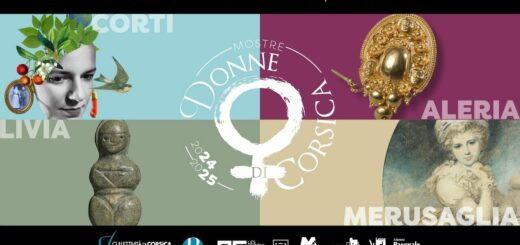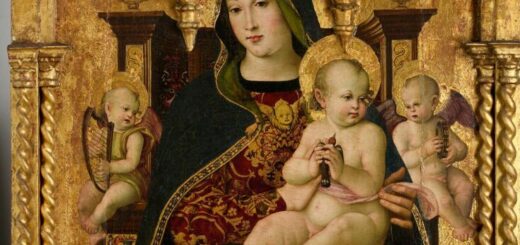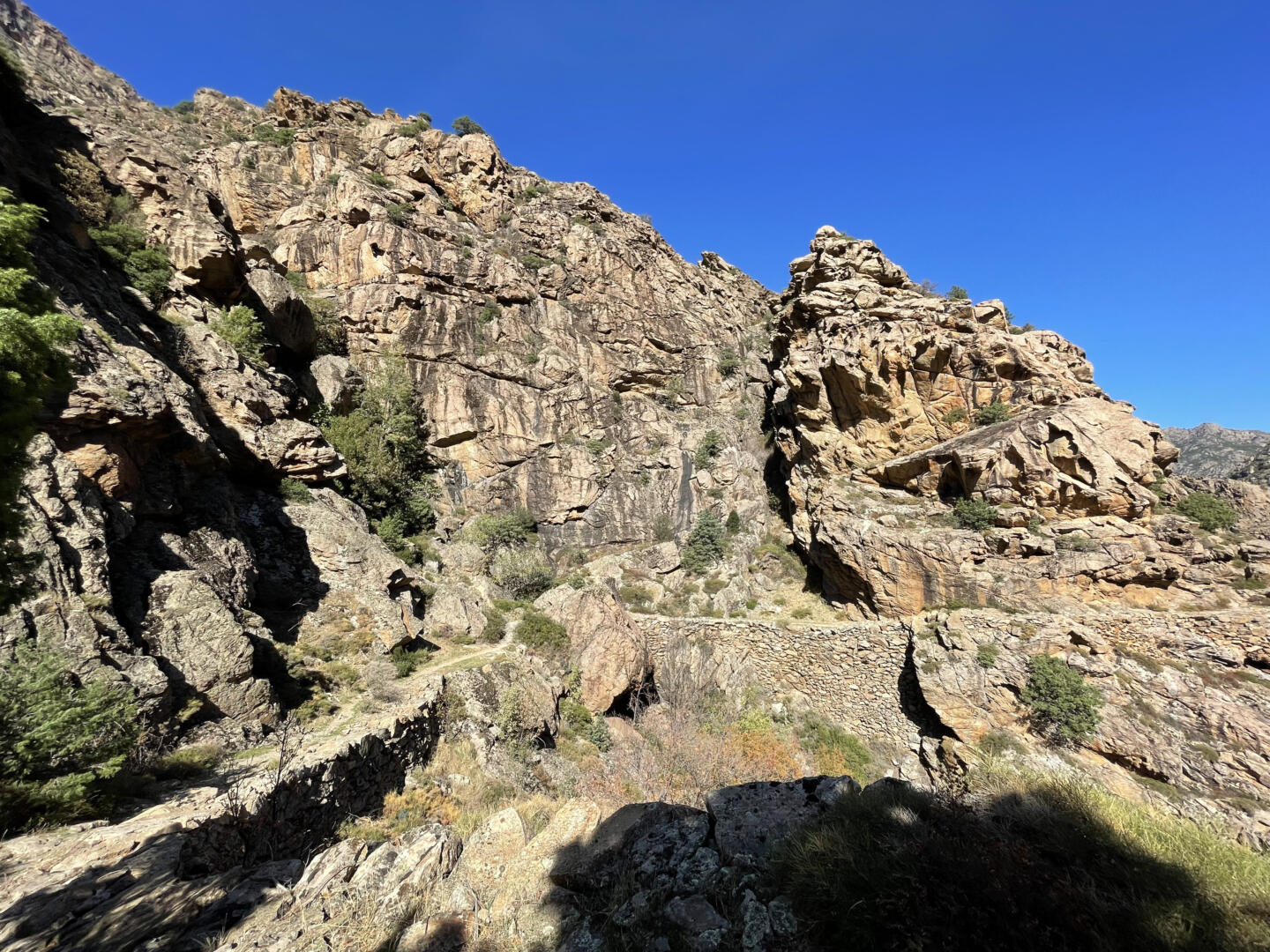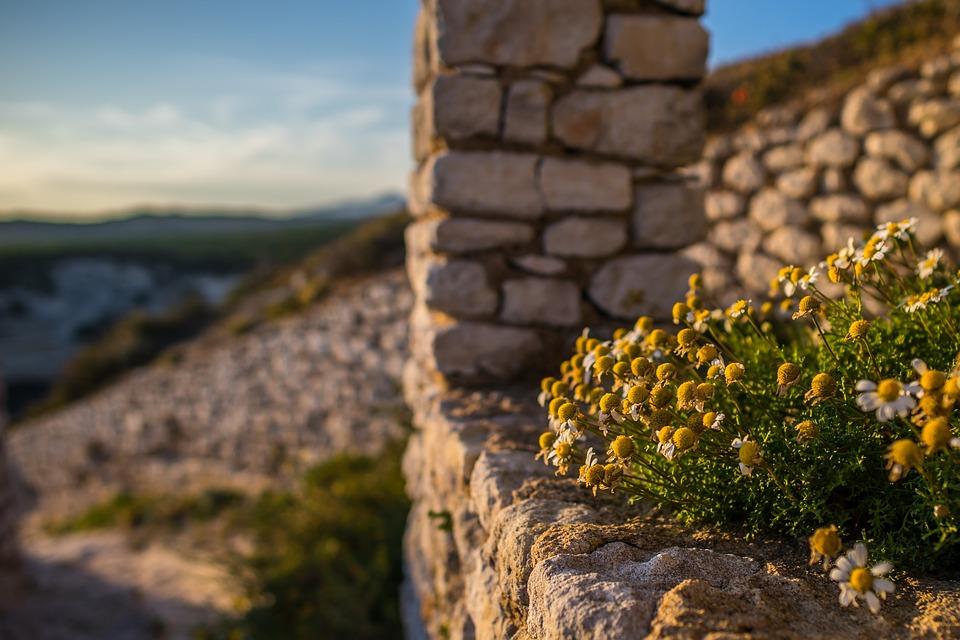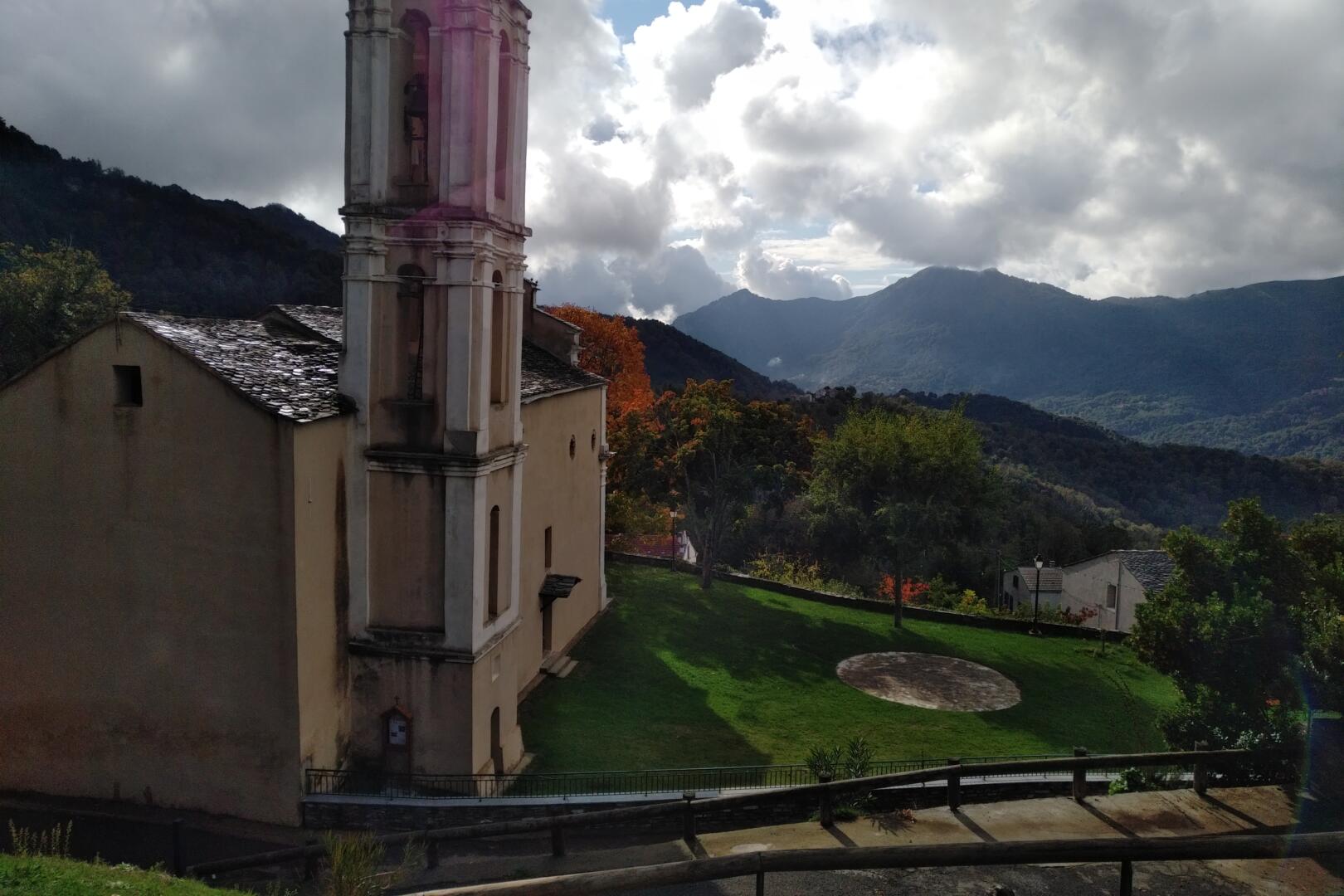Corsica in Pictures #7: inside the church of the Convent of Alesani
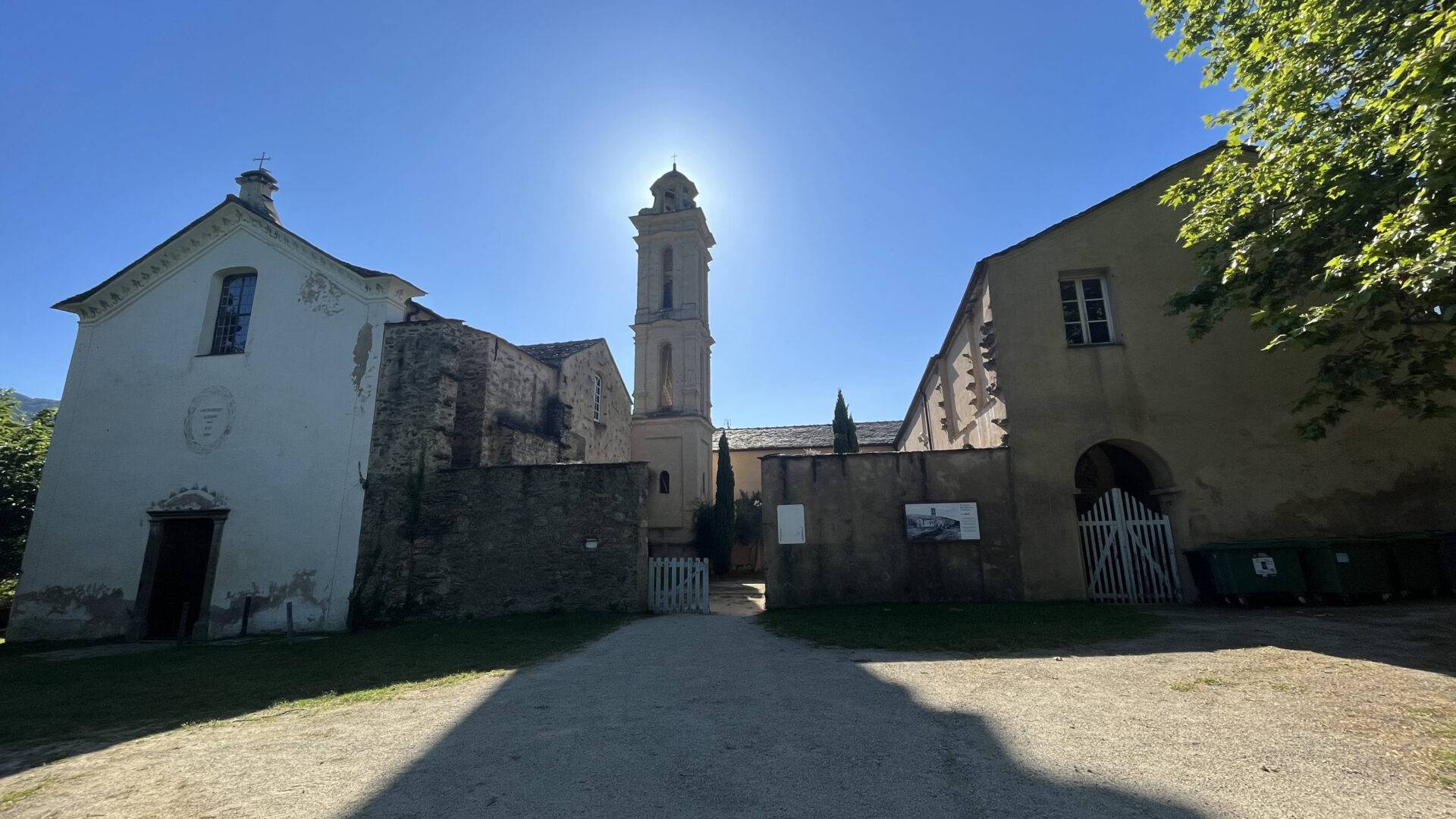
We guess you already noticed we have a strong passion for religious architecture here. It’s quite inevitable for a Corsican, as this kind of architectural beauty is part of everyday life. It’s connected to the culture, the history. We choose to show you today the interior part of the church of the Convent of Alesani. It is a place we know very well.
The Convent of Alesani is about to get some important renovation works in 2024 and 2025. So the whole place might be closed to the public. If you are wondering what the church of the Convent of Alesani looks like, here are some photos we took during the summer of 2023.
A brief history of the church of the Convent of Alesani
The following information about the church of the Convent of Alesani comes from the work of a local association, “Associu di u Cunventu d’Alisgiani”, whose members are committed to restoring and promoting the monument.
We have to go back to the end of the 16th century to find writings mentioning the church. This single-nave edifice was described at the time as “quite vast” and was topped by a timbered roof. It was to undergo many decades of work and modifications. It appeared in today’s proportions around 1716.
The previous elevation was restored at the beginning of the 21st century. It retains the characteristic simplicity of the original construction. The building is Baroque in plan and volume, but its quite sober façade bears witness to a transitional period in the application of the Baroque style in Corsica. Like many of the island’s other religious buildings, particularly in the northern half of the island, the church of the Alesani Convent has gradually become “Baroque”.
Inside the church of the Convent of Alesani, Baroque art is evident everywhere. The sixteenth-century roof structure has been replaced by barrel vaults. The monumental paintings combine trompe-l’œil geometric shapes, floral ornaments, false drapery, and various representations. Such as the Flight into Egypt, the Adoration of the Magi, and the symbols of the Litany of the Virgin. Those paintings were realized over several periods. The oldest, which can still be seen in part in the side altars of the choir, dates from the early 18th century. Another campaign took place in the following decades. But it was mainly during the second half of the 19th century that the church of the Alesani Convent was almost entirely repainted.
